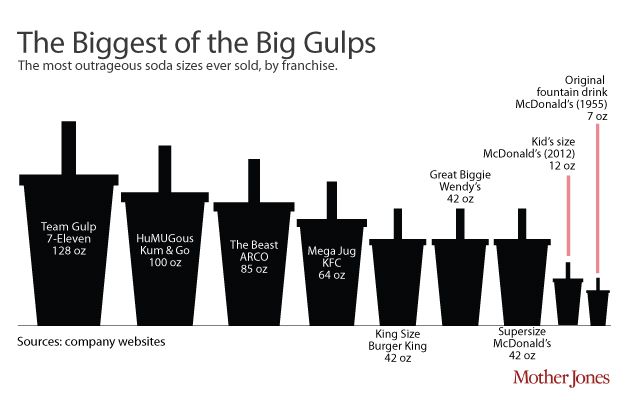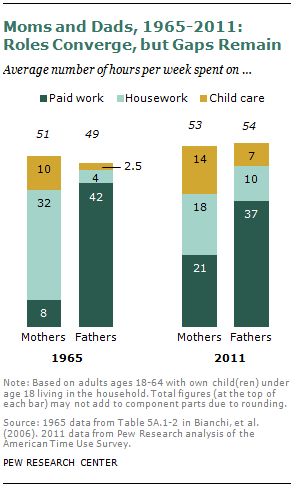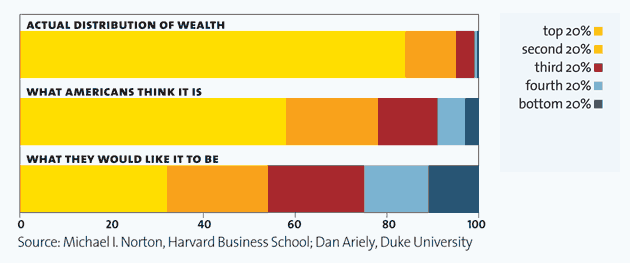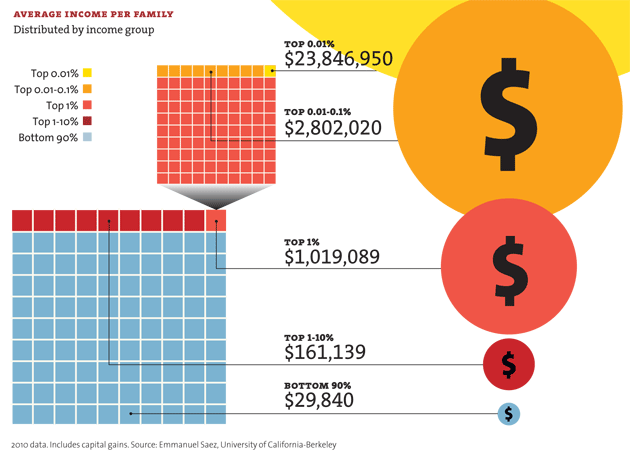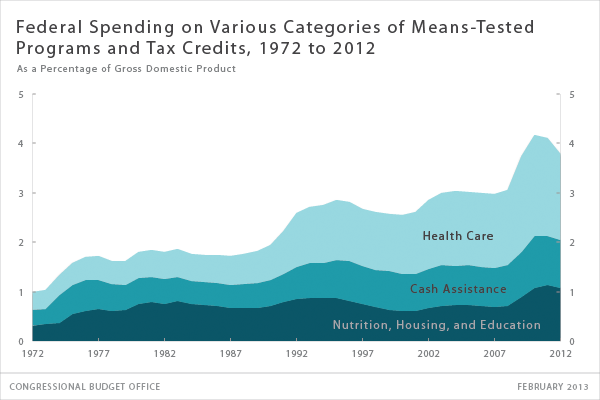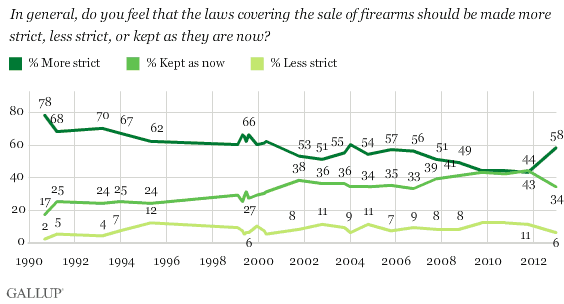The New York Times posted some charts to capture 2012.
Interesting use of graphics;
Check it out: here
Of course, there could be some spin. Take the social security chart. According to the Social Security Administration:
“The average monthly Social Security benefit for a retired worker was about $1,230 at the beginning of 2012.”
Social security administration
I could not find a median reported. He reports the median income at $20,500 but it is not clear to me where he got that number.
Looking at his interpretation of this chart, it seems clear that the author is a proponent of changing the way cost of living increases are calculated.
Interpretation is often in the eyes of the beholder. For example, he does not point out that under either index, the median income (however that is defined and actually is) did not keep up with inflation after 2006.
It is true that as a general rule the median (the mid-point of a distribution like income) is a more accurate description of the center of the distribution. Very high incomes, like that of a Romney, Buffett or Gates, can greatly distort an average. However, there is not a big range here. According to Social Security Administration, “The maximum benefit depends on the age a worker chooses to retire. For example, for a worker retiring at age 66 in 2012, the amount is $2,513. This figure is based on earnings at the maximum taxable amount for every year after age 21.”
OK. So the next question: what is the maximum taxable amount? Social Security states: “For 2012, the maximum amount of taxable earnings is $110,100. In 2013, the maximum amount of taxable earnings will be $113,700.”
There is no minimum amount, although they won’t pay less than $1. Continue reading »
